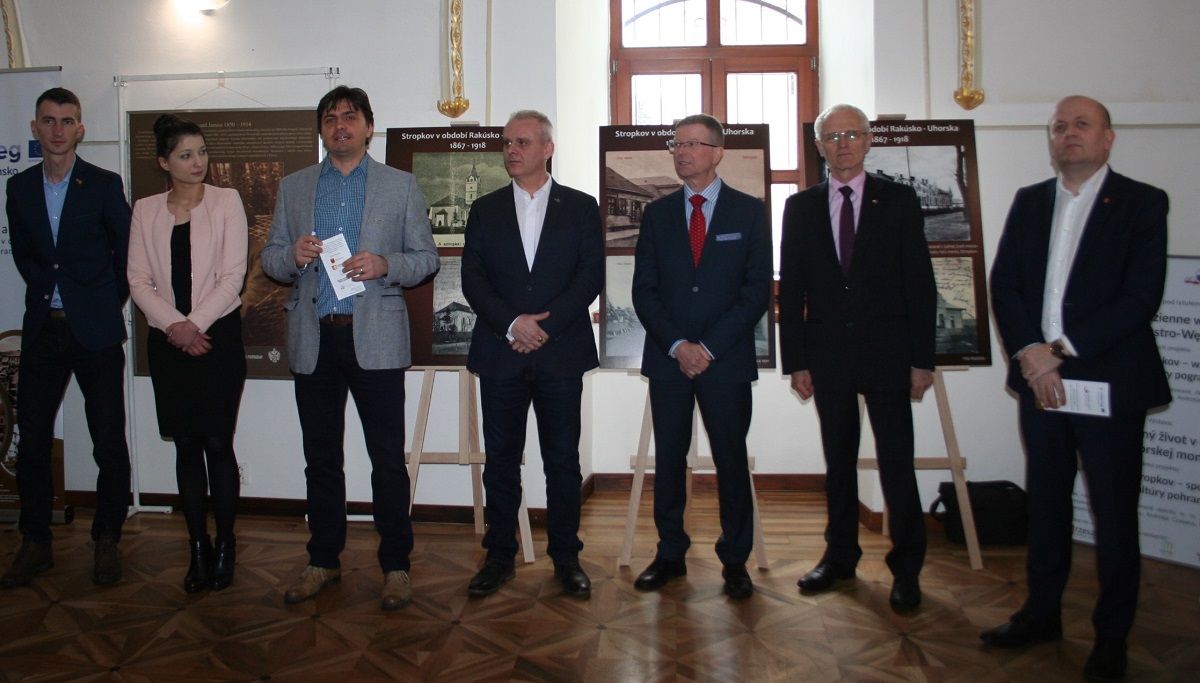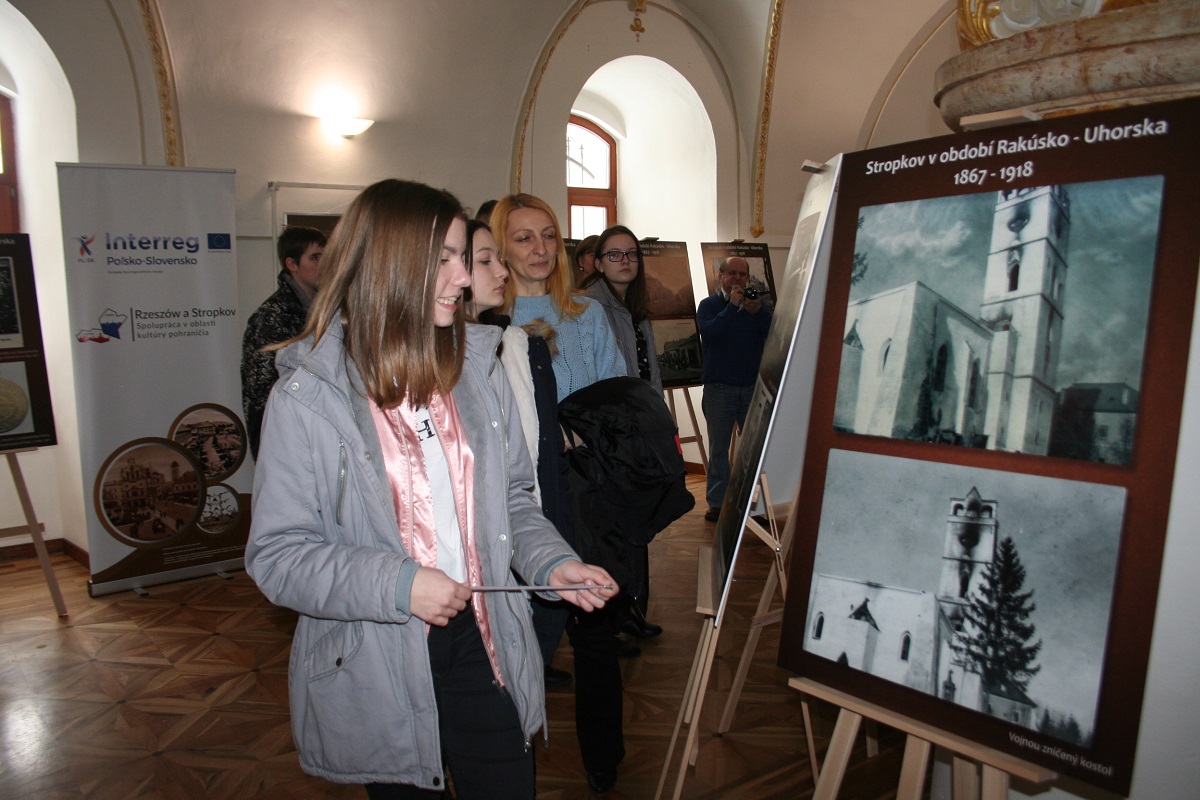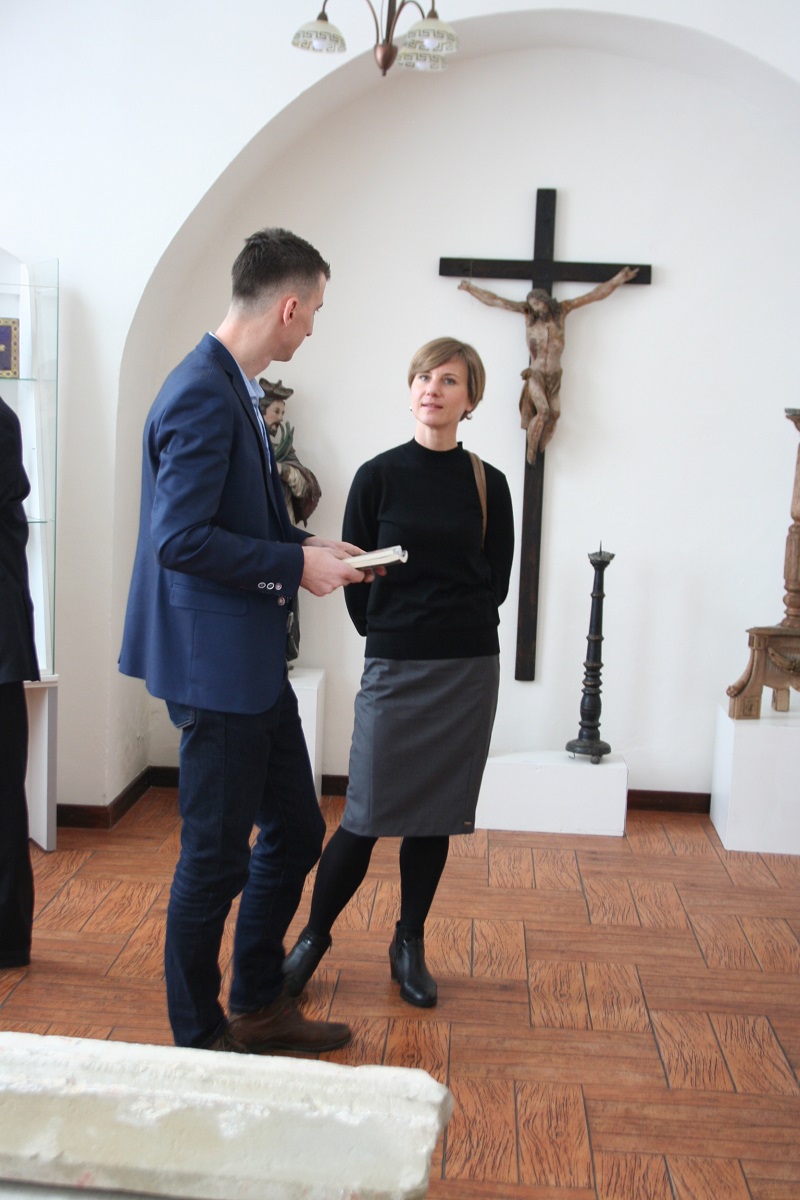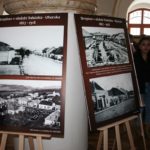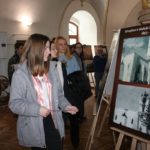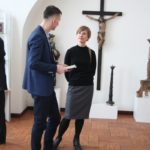On Monday, 19 March, the municipal museum in Stropkov hosted the opening of the second part of “Daily life in the era of Austro-Hungarian monarchy”, an exhibition which is a part of the project called “Rzeszów and Stropkov – partnership promoting borderland culture”. The exhibition was presented by: Ondrej Brendza, Mayor of Stropkov, Andrzej Dec, Chairman of the Rzeszów City Council, and Ryszard Winiarski, Director of the Rzeszów Gallery of Photography.
“It is a great pleasure for me to welcome everyone to the exhibition, including our guests from Rzeszów. Thanks to this project our cities have become partners in new fields, which they will surely be even after the project is finished”, Ondrej Brendza stressed.
The most numerous group among the guests was the youth from local schools. “I am pleased by your presence. Thanks to the exhibition you can learn how our ancestors lived. It is an interesting and informative lesson for us,” the mayor of Stropkov added.
Ryszard Winiarski spoke on behalf of the visitors from Rzeszów. “In fact, our ancestors lived within one organized state, but they lacked freedom. Nowadays, in the European Union, we have no barriers and we can visit each other and carry out projects which help us improve our partnership and get to know each other better, without any obstacles,” the director of the Rzeszów Gallery of Photography said.
The opening exhibition, which also attracted a large number of history lovers and media representatives, was organized by Ewelina Ślęzak and Peter Novak, the coordinators of the project.
The event in the local museum was supervised by Tibor Kubička, Director of the Division of Culture and Education at the Stropkov City Hall.
During the exhibition, which will run until 18 April, the visitors may see such exhibits as: two sculptures of Jesus on the Cross – together with missals – dating from the 17th and 18th century and other elements of liturgical equipment, postcards, numismatic exhibits and also objects from the daily life of people living in the Austro-Hungarian Empire. Some of the exhibits were provided by private collectors: Zbigniew Tybura, Jacek Rudnicki, Sławomir Gołąb, Andrzej Czaban, Wojciech Urban and Zygmunt Śliwa.





